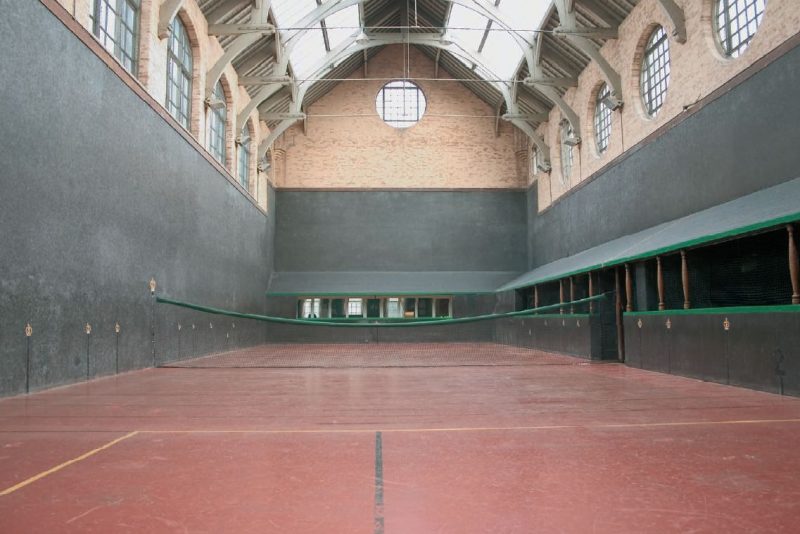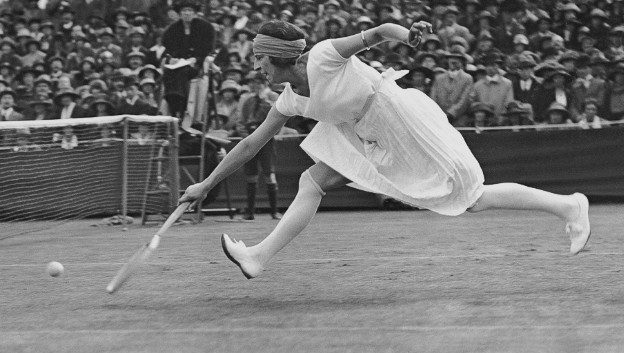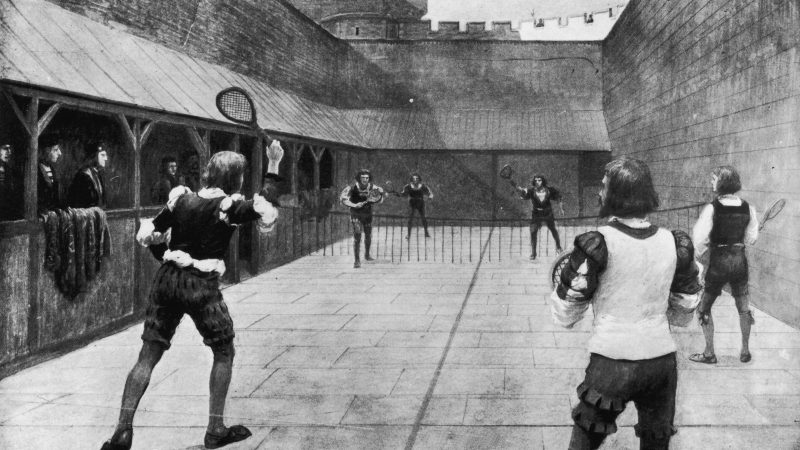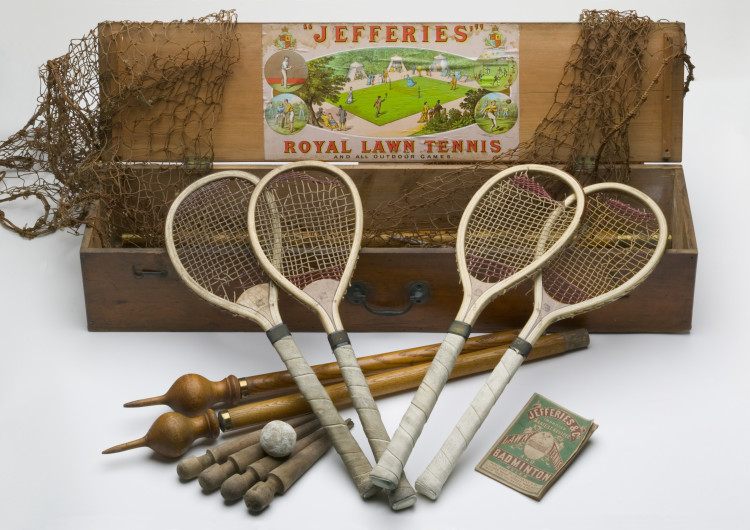Tennis, as we know it today, is listed as the fourth most popular sport in the world with an estimated 1 BILLION fans following the game. With such a large fanbase, it is no surprise that tennis may actually have ancient origins. The truly interesting aspect of the history of tennis is the fact that it is shrouded in mystery and conjecture.
The Ancient History of Tennis
There’s evidence that cultures such as the ancient Egyptians, Romans, and Greeks may have even played games that could be considered forerunners to tennis. However, the evidence is weak, so most people trace the origins of tennis back to the middle ages.
According to one theory, the roots of tennis date back as early as the 12th century. It is believed that French monks invented a precursor to tennis when they played a courtyard game, hitting a ball back and forth with their hands or off the courtyard walls. This game was known as Jeu de Paume, or “Game of the Palm”. Those who believe this theory also believe that the name ‘tennis’ originated from these monks: when serving the ball, they would shout “tenez”, which means “to take” in French.
The History of ‘Real’ Tennis
However, most of the evidence for the origin of the sport comes from the 16th century. It was then that a wooden frame racket laced with sheep intestines (similar to modern-day natural-gut tennis strings) was invented and used with a ball made of cork or cloth. Other than improvements in rackets, there were other differences between the medieval version and modern tennis.
The game was played differently than it is today, with the balls being hit into netted windows in indoor courts. ‘Real tennis’, as it was known, was very popular among European nobility. King Henry VIII was an avid player of real tennis. In fact, his second wife (of six!), Anne Boleyn, was actually betting on a game when she was arrested and taken to the Tower of London preceding her execution in 1536. In 1625, a royal court was built for King Charles I at Hampton Court Palace, and it still exists today!

The History of Lawn Tennis
During the 1700s, the popularity of tennis waned but was brought back to life in 1850 when Charles Goodyear invented the process of vulcanization, which made rubber bouncier. This vulcanized rubber was used to improve tennis balls and allowed the game to be played on grass, which paved the way for modern lawn tennis.
Although the ancient origins of tennis have little evidence, the origins of modern tennis are clearly documented. On February 23, 1874, Major Walter Wingfield was granted a patent for “A Portable Court of Playing Tennis”. Information about the patented game was printed in magazines, so people were able to read about instructions for setting up a court and the six rules of play.
The game spread like wildfire! Equipment to play was sold as a kit with a portable net for setting up a court, balls, “tennis bats”, and an instruction booklet. These kits were sold all over the world with tennis being promoted as a way to exercise. People were able to use existing croquet courts as tennis courts, so the portable kit was the perfect way to promote the game.
Soon, people began to play tennis in public parks and lawns, and it was even introduced at popular croquet courts. A few others attempted to publish their own rules of tennis, which, of course, led to confusion. Several interested parties agreed to meet to discuss this issue. They came to an agreement on the official rules of tennis and announced the new list in May of 1875. In 1877, a short three years after the official invention of tennis, a tournament was held at the All England Club. There were 22 participants in the tournament, with Spencer Gore being the winner of – you guessed it – the first-ever Wimbledon.
Tennis in North America
Tennis arrived in North America shortly after its European introduction in 1874. It first appeared throughout the east coast in the summer of 1874 before spreading across the country and up into Canada. The first U.S. tennis club, the New Orleans Lawn Tennis Club was founded in 1876. The U.S. National Lawn Tennis Association was formed in 1881. That same year, the first recognized national tournament was held in Newport, Rhode Island – the basis of the U.S. Open.
The History of Women’s Tennis
Although women had been playing tennis since its invention, the first tournament to allow women was the Irish Championships in Dublin in 1879 with a women’s singles and mixed doubles event. Wimbledon first allowed women’s singles matches in 1884 (the same year that they added men’s doubles). The first U.S. Women’s Championship was held in Philadelphia in 1887.
The Origins of Professional Tennis
The popularity of tennis spread so quickly that it was added to the Olympic games in 1896 – just twenty-two years after the invention of the modern sport. Tennis only remained part of the games until 1924 due to disagreements between the International Olympic Committee and the International Lawn Tennis Federation. However, shortly after, in 1926, the first professional tour took place when Suzanne Lenglen was paid $50,000 to compete against reigning champion Mary K. Brown on a tour of America. Four male players were also part of this tour which became very popular among spectators and was a huge financial success.

The Open Era of Tennis
In 1967, national and international tennis organizations began discussing creating “open” competitions between amateurs and professional players. This came to fruition the next year when 12 open tournaments were created; thus, the open era of tennis was born! The first open Wimbledon had a total prize of £26,150 ($62,760) – a far cry from the £28.49 million (about $37 million) of the 2019 Wimbledon.
With the open era of tennis, the sport expanded, leading to the establishment of the men’s Association of Tennis Professionals (ATP) and the Women’s Tennis Association (WTA). The airing of tennis on television, worldwide, further expanded the popularity of the game and led to a more aggressive, athletic style of player. Tennis officially returned to the Olympics at the 1988 Seoul games, marking the last real change to the sport in the modern era.

Although it has undergone many changes over the years, the complicated history of tennis is what led to the sport that we know and love today. From Jeu de Paume in the 12th century, to ‘real’ tennis in the age of the Tudors, and the lawn tennis of modern times, there is no doubt that tennis has become one of the most popular sports in the world!
For More:
Subscribe for More!
We send weekly updates detailing our recent posts.







